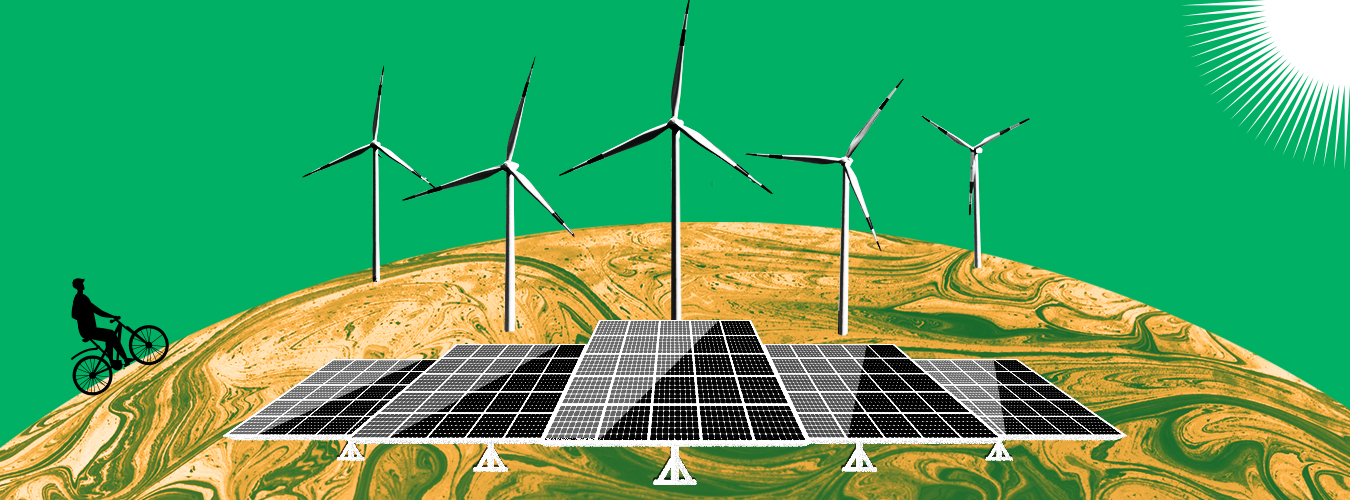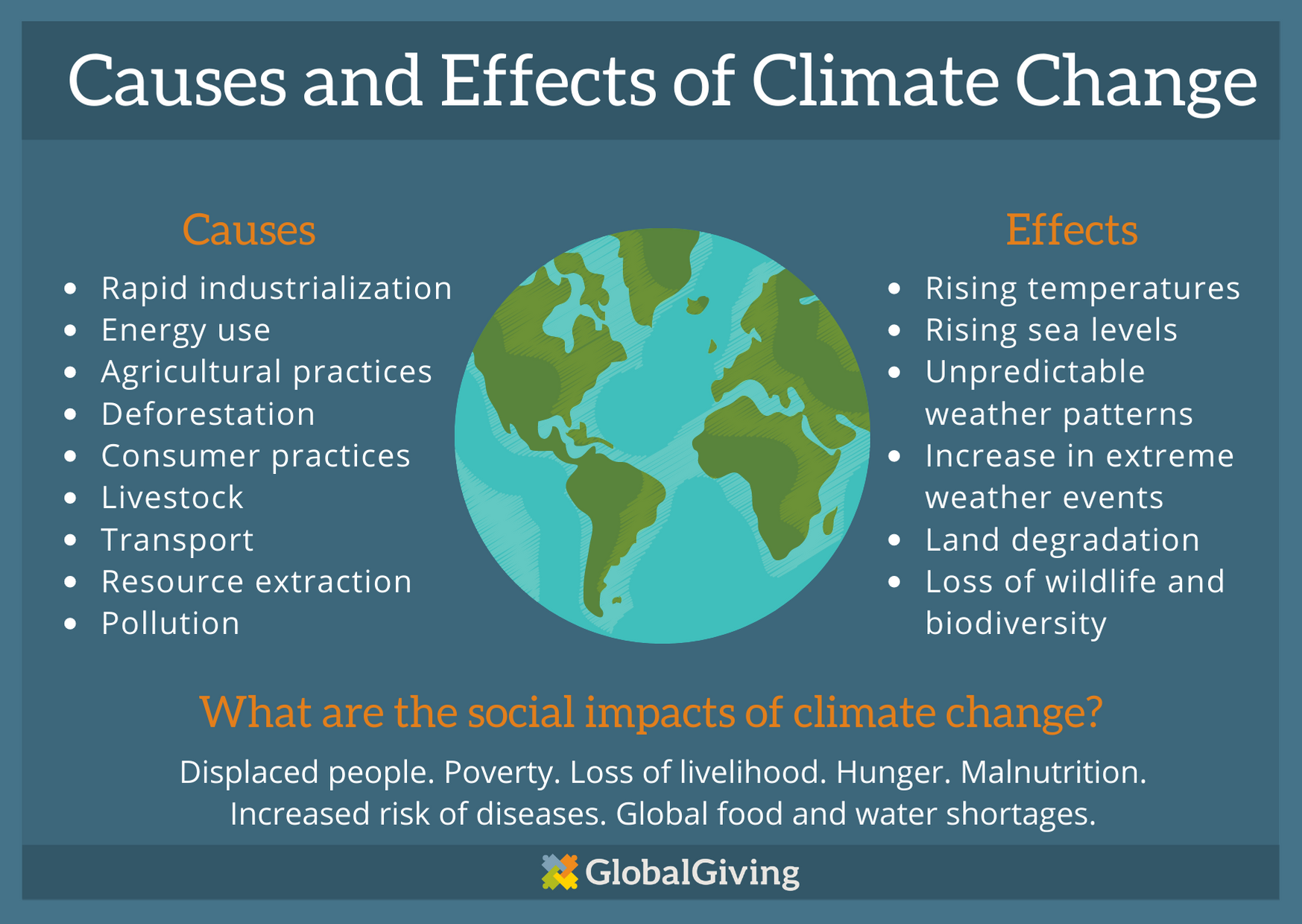Introduction
Climate change is one of the most pressing challenges facing humanity today. The consequences of a warming planet, including extreme weather events, rising sea levels, and disruptions to ecosystems, are becoming increasingly apparent. To combat this global crisis, we must transition away from fossil fuels and embrace renewable energy sources. In this blog post, we will delve into the significance of renewable energy in the fight against climate change, highlighting its potential to reduce greenhouse gas emissions and pave the way for a more sustainable future.
The Urgency of Climate Change
Before we dive into the role of renewable energy, it’s crucial to understand the urgency of addressing climate change. The Intergovernmental Panel on Climate Change (IPCC) has warned that we have a limited window of opportunity to limit global warming to 1.5 degrees Celsius above pre-industrial levels. Beyond this threshold, the consequences of climate change could become catastrophic. Therefore, swift and decisive action is imperative.
The Role of Renewable Energy
Renewable energy sources, such as solar, wind, hydro, and geothermal power, offer a compelling solution to the climate crisis. Unlike fossil fuels, which release carbon dioxide and other greenhouse gases when burned for energy, renewables produce little to no emissions during operation. Let’s explore the various renewable energy sources and their contributions to climate change mitigation.
- Solar Power
Solar power harnesses the energy from the sun using photovoltaic cells. It is one of the fastest-growing sources of renewable energy globally. Solar panels installed on rooftops and in solar farms generate electricity without emitting greenhouse gases. In fact, solar energy has the potential to power the entire planet if harnessed efficiently.
- Wind Energy
Wind turbines convert the kinetic energy of wind into electricity. Wind energy is abundant and widely distributed, making it a valuable resource for reducing carbon emissions. Offshore wind farms, in particular, have significant potential to provide clean energy to coastal regions.
- Hydropower
Hydropower, derived from the energy of flowing water, has been a renewable energy source for decades. Large dams and hydroelectric plants generate electricity by directing water through turbines. While some environmental concerns exist with large-scale hydropower projects, smaller and more sustainable hydropower options are being explored.
- Geothermal Energy
Geothermal energy taps into the Earth’s internal heat to generate electricity and provide heating and cooling for buildings. It is a reliable and consistent source of power that produces minimal emissions. Geothermal power plants can operate continuously, making them a stable energy source.
The Advantages of Renewable Energy
Renewable energy sources offer several advantages in the fight against climate change:
Reduced Greenhouse Gas Emissions: The most apparent benefit is the reduction in greenhouse gas emissions. By shifting away from fossil fuels, we can significantly decrease the carbon footprint associated with energy production.
Energy Security: Renewable energy sources are abundant and can be harnessed locally, reducing dependence on imported fossil fuels. This enhances energy security and resilience.
Job Creation: The renewable energy sector has the potential to create millions of jobs worldwide, stimulating economic growth while simultaneously addressing climate change.
Improved Air Quality: Burning fossil fuels for energy leads to air pollution and respiratory problems. Transitioning to renewables results in cleaner air and better public health.
Technological Advancements: Investment in renewable energy technologies drives innovation and drives down the cost of clean energy solutions over time.
Challenges and Solutions
While renewable energy holds immense promise, it also faces several challenges. These include intermittency (the variability of some renewable sources), energy storage, and initial costs. However, ongoing research and development are addressing these issues.
Energy Storage: Advanced battery technologies are making it possible to store excess energy generated by renewables during periods of high production for use during lulls. This helps address the issue of intermittency.
Policy Support: Governments worldwide can accelerate the transition to renewable energy by implementing policies that incentivize clean energy adoption, such as tax incentives, renewable energy mandates, and carbon pricing.
Infrastructure Investment: Significant investments in renewable energy infrastructure, including grid upgrades and transmission lines, are needed to maximize the benefits of clean energy.
Conclusion
In the battle against climate change, renewable energy sources are our most potent weapons. They offer a pathway to reducing greenhouse gas emissions, enhancing energy security, and fostering a sustainable future. The urgency of the climate crisis demands swift and decisive action, and transitioning to renewable energy is a crucial step in the right direction. By embracing clean energy solutions, we can mitigate the worst impacts of climate change and build a brighter, more sustainable future for generations to come. It is a journey we must embark upon together for the sake of our planet and its inhabitants.





